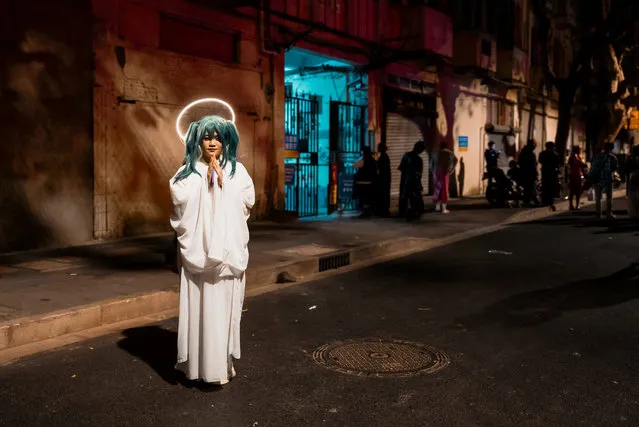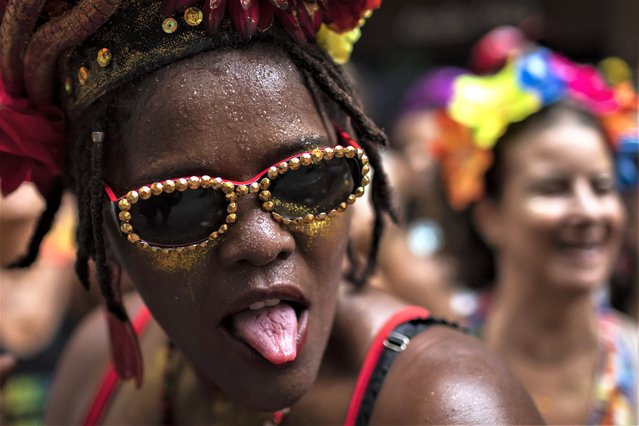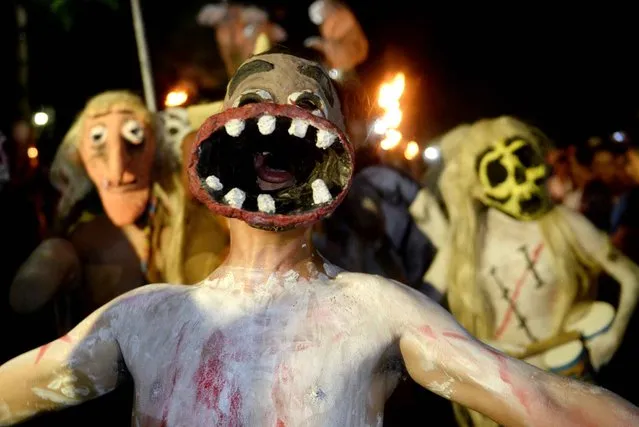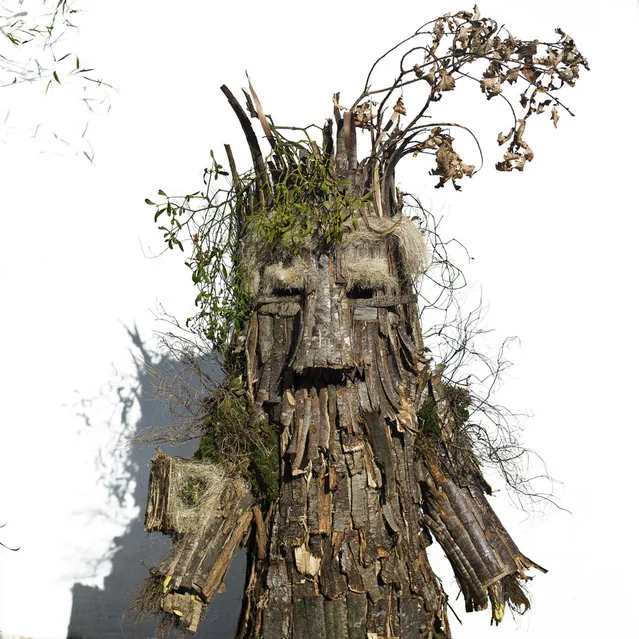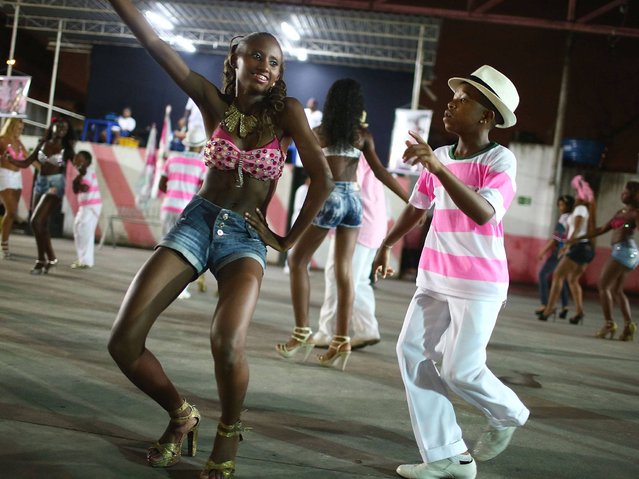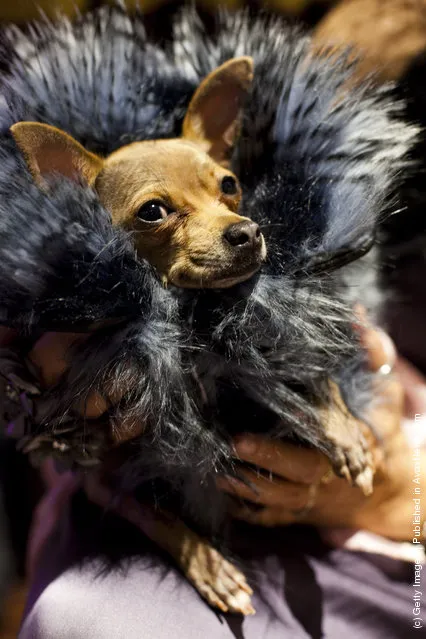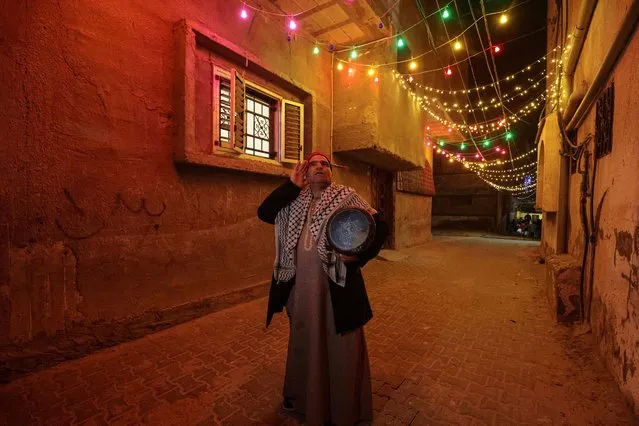
Fifty-year-old Palestinian Nizar al-Dabbas, a “Musaharati” who plays the traditional role of “Ramadan drummer”, awakens Muslims for the pre-dawn traditional “suhur” meal before the start of the following day's fast, during the holy month of Ramadan in Khan Yunis in the southern Gaza Strip early on April 5, 2022. (Photo by Said Khatib/AFP Photo)
14 Apr 2022 06:25:00,post received
0 comments

